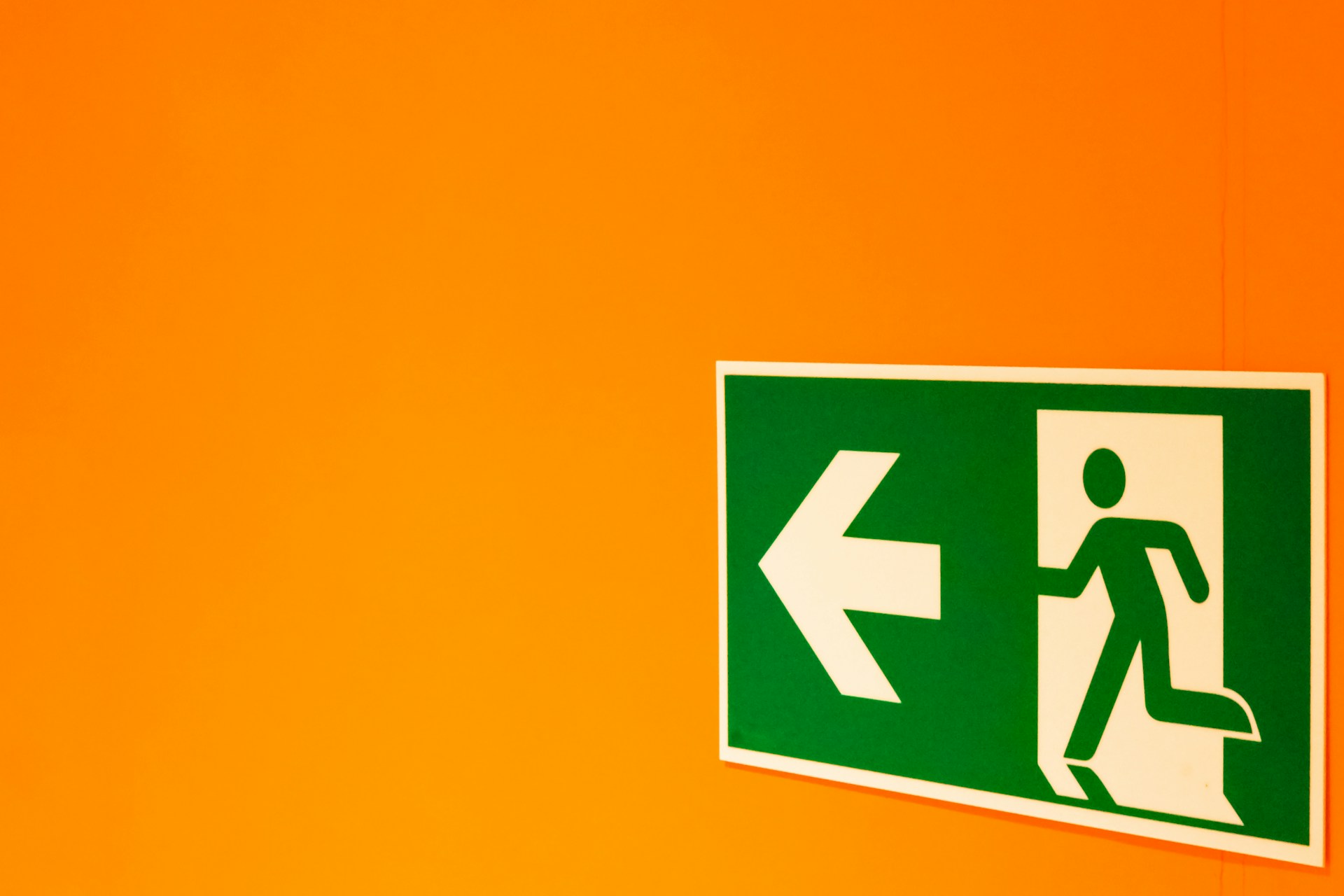
Do you have an emergency binder for your family? Do you know where all your most important documents are, and could you grab them in a second if needed? In the face of unexpected events such as natural disasters, fires, or medical emergencies, having a well-organized emergency binder can provide invaluable peace of mind. This easily accessible compilation of crucial documents and information will empower you and your family to navigate challenging situations with greater ease and efficiency. While the specific needs of each household may vary, this list will give you the basics of how to put together an emergency binder.
Identification Documents
Among the most important documents to keep in your emergency binder are identification documents. Depending on your situation, these should include copies of driver’s licenses, passports, social security cards, and birth certificates for all family members. Original copies of documents that aren’t needed regularly, such as social security cards, birth certificates, and passports can be stored in this binder if it’s kept in a safe place. These documents are vital for identification purposes during emergencies and can be necessary when dealing with insurance claims, government agencies, or legal matters.
Medical Information
In addition to identification documents, medical information is also vital to have on hand during and after emergencies. Maintain a record of each family member’s medical history, including allergies, medications, dosages, and any ongoing medical conditions, as well as immunization records and pertinent test results. The most important information includes anything ongoing or vital, such as essential prescription information. During an emergency, you might not have time or be able to grab important medications, and it can be essential to get these prescriptions refilled immediately. For this reason, you should also include contact information for primary care physicians, specialists, and preferred hospitals which will expedite medical care in an emergency.
Financial and Legal Documents
You should also compile any financial and legal documents that are important or hard to replace. Keep copies of bank information, credit cards, and investment accounts so that you will easily be able to access these accounts in an emergency. Insurance policies (health, home, auto, life), estate planning documents, powers of attorney, and property deeds also belong in the binder. Having these records readily available will be essential if you need to deal with insurance claims, financial institutions, or legal matters.
If needed, include contact information for anyone you may need to reach after an emergency or natural disaster. This could be anyone from an Arizona divorce and family law firm to local tax professionals in Colorado or other legal counsel wherever you are located.
Emergency Contacts
Having lists of all your emergency contacts will bring peace of mind and make difficult processes much easier during or after a disaster, and is one essential component of your emergency binder. Compile a list of emergency contacts, including family members, close friends, neighbors, and local emergency services. Ensure that contact information is up-to-date and includes multiple methods of reaching each person such as phone numbers, email addresses, and social media names.
Besides the contact information for your family and friends, you should also keep lists of the most important log-in information you might need in case you cannot access your mobile device or computer. It can be important to be able to access financial institutions, government accounts, social media, and other accounts after an emergency.
Household Inventory
Along with the vital records and other documents, you should also include household information in your emergency binder. Create a comprehensive inventory of valuable possessions within your household for your records as well as insurance purposes in case of natural disasters. Include photographs, descriptions, and any available receipts or appraisals. This inventory will be instrumental in filing insurance claims whether due to theft, damage, or loss.
Emergency Plans and Procedures
One of the most vital but easily skipped aspects of your emergency binder are emergency plans and procedures. These plans, including evacuation routes, communication protocols, and designated meeting places, can provide you and your family with guidance during the panic of an emergency. Most importantly, they keep you all on the same page and prevent breakdowns in communication. When designing your plan, try to brainstorm for contingencies, get the input of your family, and include as much information as possible.
Pet Documents
One section of the emergency binder that can be easy to overlook is a section for your pets. You should have the necessary information about your pets, as well as locations where you can take them if there is an evacuation (many shelters don’t allow animals). Include pet records such as vaccination records or adoption papers in this section as well. If you need to board your pet during an emergency, you may be required to show vaccination records. Finally, make sure that you have the contact information for your vet readily available.
Conclusion
While we can’t always predict when disaster will strike, a well-maintained emergency binder can alleviate stress and confusion in a crisis. By taking the time to gather these crucial documents you can safeguard your family’s well-being and facilitate a smoother recovery process. Remember to review and update the contents of your binder regularly to ensure its accuracy and effectiveness.
